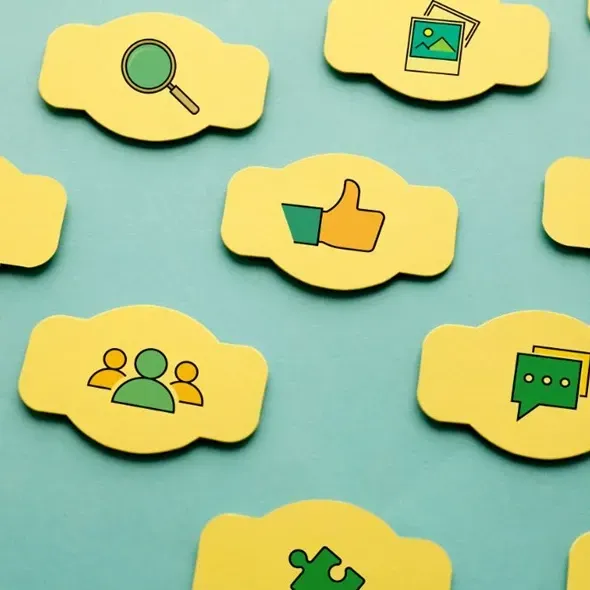Meet your marketing department's new best friend: CDP
Many businesses pour time and resources into creating marketing content designed to resonate with their audience, and ultimately build stronger brands and drive sales. But even with plenty of customer data at hand, knowing how to use it effectively can be a challenge.That’s where a Customer Data Platform (CDP) comes in. It helps you deliver personalized experiences and gain a clear, data-driven understanding of your audience and their journey.
A Customer Data Platform (CDP) is designed to collect customer data on an individual level and bring it together in one central hub.
Simply put, it’s a tool that allows you to elevate your marketing and build stronger, more personal connections with your audience. So how does it actually do that?
CDP – The data-heavy cousin of CRM
Unlike a traditional CRM system, a Customer Data Platform (CDP) isn’t built to support sales or customer service teams in their one-to-one interactions.
Instead, a CDP is designed to empower marketing and other parts of the organization that need to communicate with many customers — or entire segments — at once.
Think of a CDP as the central core that connects all the touchpoints where you interact with your customers, such as:
- App
- Website
- Customer service
- Customer profiles
- Point of sale
- AI / ML systems
From all these sources, large volumes of customer data are continuously collected and structured — and this is where it gets interesting.
Because this is where your CDP helps you create laser-sharp customer segments and activate personalized content across platforms and channels.
Create Value with a CDP
With a Customer Data Platform (CDP), you gain far deeper insight than simply knowing what a customer has browsed or whether they clicked your ad. You get a full picture of their behavior, all gathered from your many digital touchpoints.
This enables your marketing team to target campaigns on a much more detailed and personalized level, perfectly aligned with the growing consumer demand for individualized experiences. (link to blog post)
In other words, a CDP lets you personalize the customer journey even further and win both new and existing customers by delivering brand experiences that feel truly relevant and meaningful.
That’s a major advantage if you want to strengthen customer relationships and stand out from the competition.
Because relevant marketing has never been more important, and let’s be honest, no one wants to be served ads for hedge trimmers and lawnmowers after one quick look at potting soil for a houseplant on the fourth floor.
No CDP to rule them all
Now, you might be thinking — aren’t all CDPs the same? And do you get the same capabilities no matter which one you choose? The short answer is: no.
There are several types of Customer Data Platforms, each differing in functionality and architecture. This gives you a unique opportunity to choose the solution that fits your setup and business needs best.
At Vertica, we divide CDPs into three main categories: Core CDPs, Data-Focused CDPs, and Execution CDPs
No matter which solution you choose, a Customer Data Platform will help you unify, consolidate, and structure your data.
That capability enables you to optimize your ad spend, minimize wasted impressions, save time on manual data collection, and build stronger customer relationships through personalized brand experiences.


.webp)
%20(1).webp)


